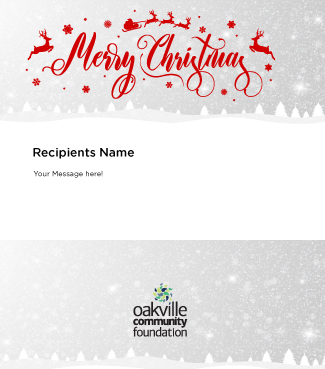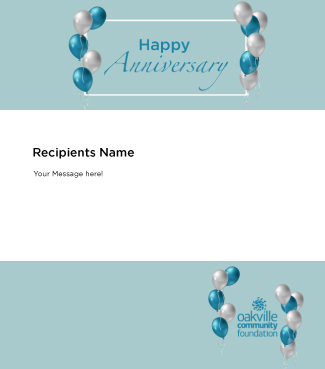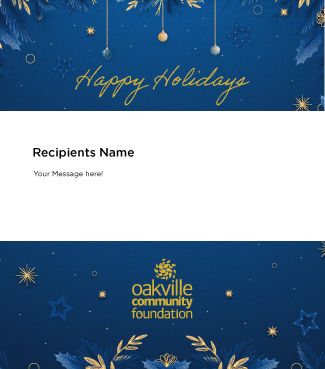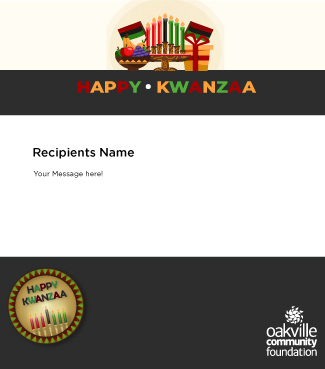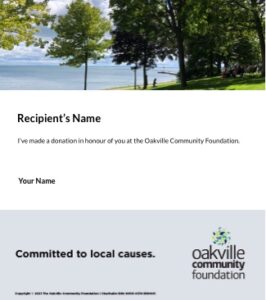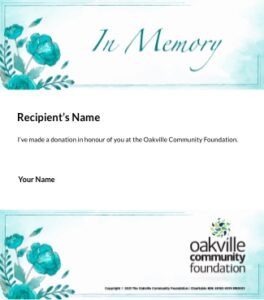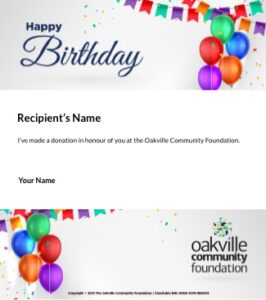Welcome back to the #WeekendReads series! On Fridays the Oakville Community Foundation will share reports, data and information to help you stay informed when it comes to the community, the charitable sector and more. Click here for previous installments.
The Halton Youth Collective Program released their new 2020 Pilot Study report, detailing the ins and outs of this life-changing program. In part one, we looked at the reasons behind the program, the partners and stakeholders as well as what we can glean from NEET statistics – a statistic to keeps track of youth not in education, employment or training. To learn more, click here for part one.
The goal of the program is to have 90% of supported youth between 18-24 satisfied with their current, or path to, education, employment and training.
As the stakeholders and partners prepared for the pilot, they conducted an intake survey with 26 youth that were transitioning out of the care of the Halton Children’s Aid Society. This survey indicated:
- 46% of participants were 18-19 years-old
- 54% of participants were 20-25 years-old
- 56% of participants were not enrolled in education or training
- 50% of participants were not employed
What happened during the program?
The program intended to assess the impact of this wrap-around approach to supporting youth transitioning out of care, and to do that it was important to recognize what the participants felt they needed from the program. This included: financial support, emotional support, stable housing, a strong support system, among others.
The participants indicated that mental health challenges were a barrier to both their education (70%) and their employment (60%). Other barriers included: financial, transportation, issues with others, chronic illness, discrimination, drug and alcohol challenges and more.
The COVID-19 pandemic only made things more difficult for the participants with 44% saying online school was more difficult for them while 12% reported difficulty finding employment and 16% reported lost employment or hours.
To help with these challenges, participants were matched with coaches and mentors – some of whom had similar experiences to the youth, of which 10 participants said they accessed. They also accessed education supports (16), health and mental health supports (11) and employment preparation supports (10).
Throughout the program, the participants’ satisfaction with their education and training path increased by more than 35%.
Did you know The Foundation supports the Halton Children’s Aid Society’s Bridging the Gap program with a Program Related Investment? Click here to learn more.
What was the impact of the program?
At the end of the pilot, the participants were asked to complete an exit survey where they rated their time in the program and indicated what they would change. Most of the participants enjoyed being matched with a mentor, with 81% of the participants saying their mentor: was helpful to them, gave advice and supported their goals, was willing to help and was supportive and motivating. Three of the participants indicated they had difficulty connecting with their mentor.
Participants were also asked to rate their progress with their goals:
- 84% of participants said they achieved or made progress with their employment goals
- 72% of participants said they achieved or made progress with their training goals
- 92% of participants said they achieved or made progress with their education goals
All in all, 92% of participants said they were satisfied with their education goals and 72% of participants said they were satisfied with their training and employment goals.
The participants who took part in the program will also be given the option to continue on with their mentors as well as additional support from the Halton Children’s Aid Society.
To learn more about the program and the pilot study, click here to read the full report.

